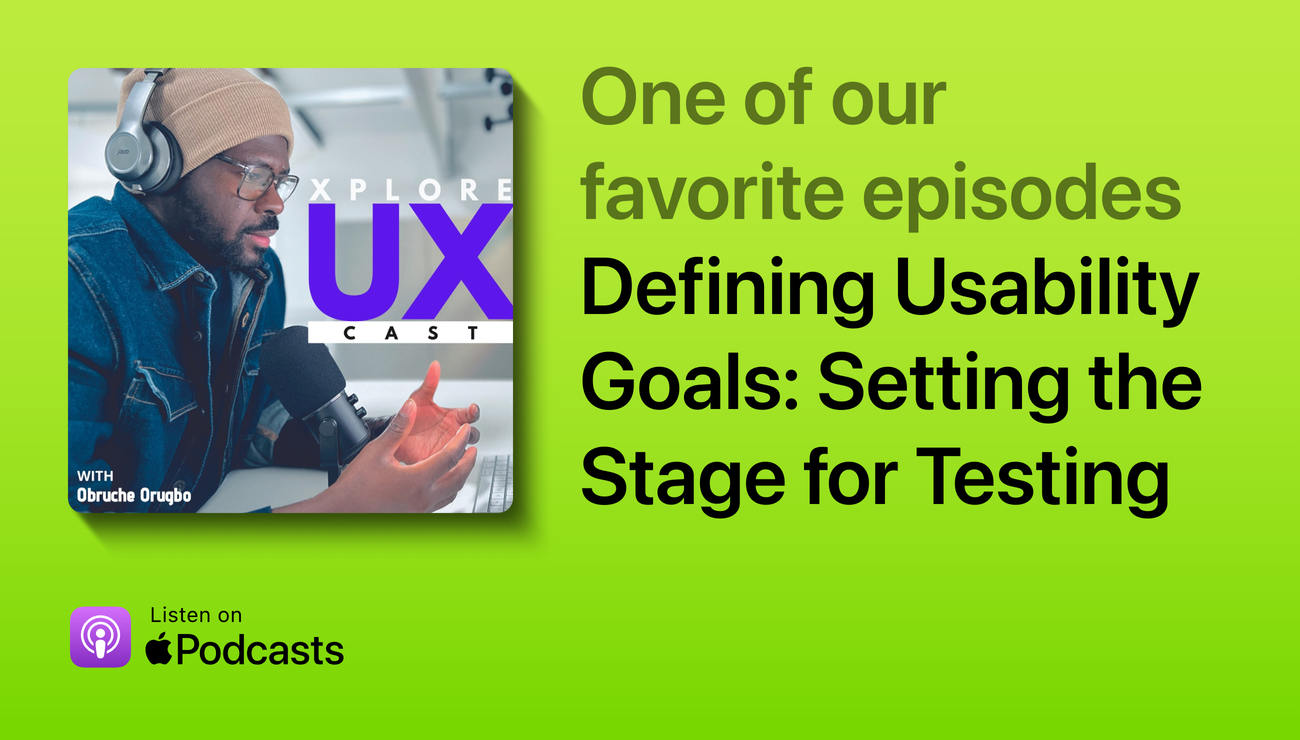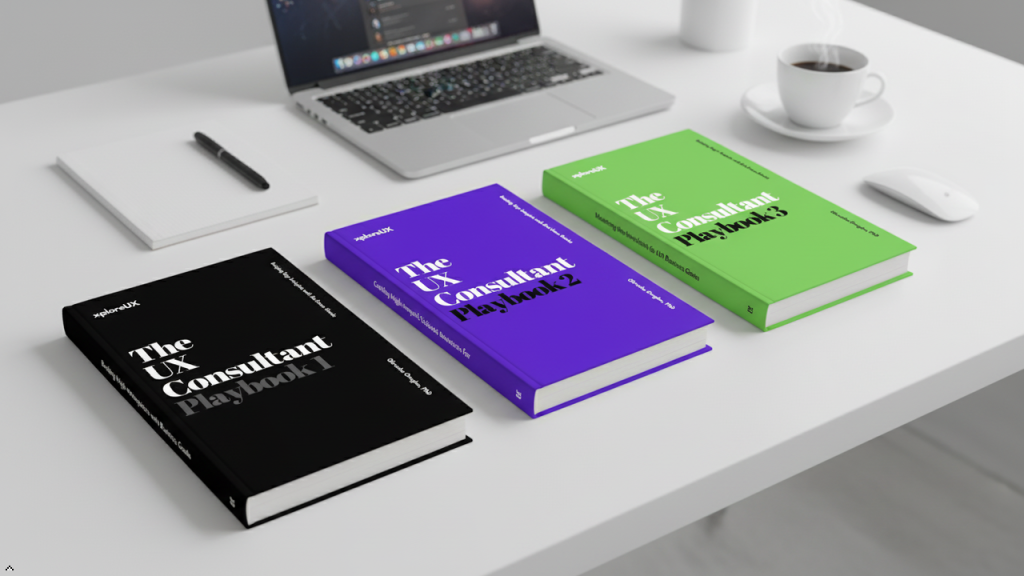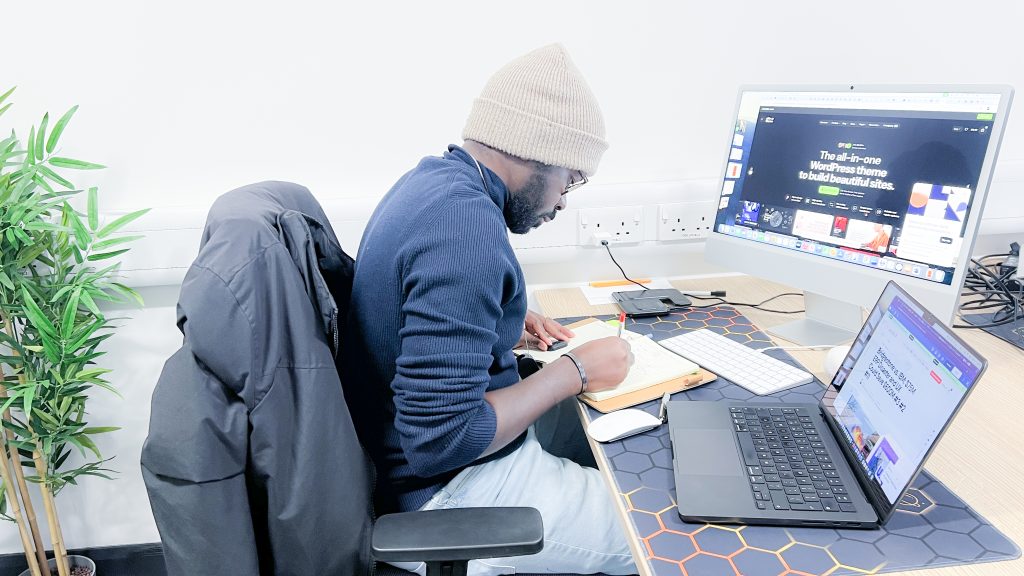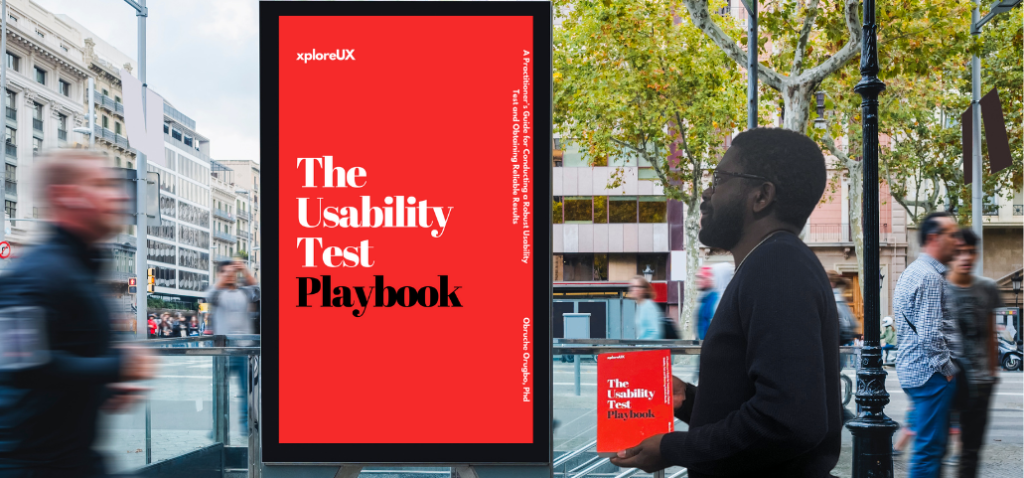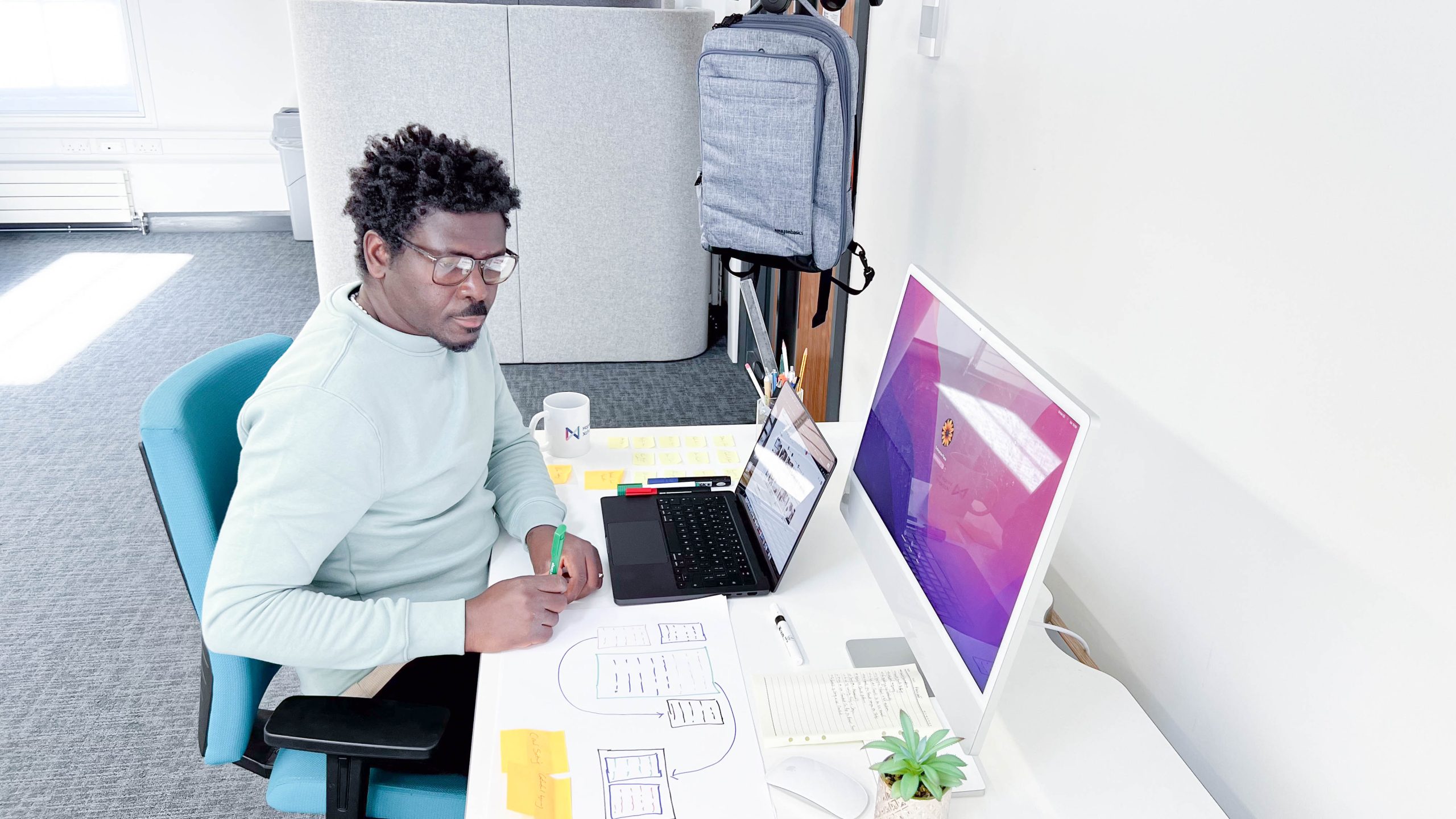
Usability testing is a cornerstone of user-centered design. It allows you to observe real users interacting with your website or app, uncovering their struggles and triumphs. However, just like a traveler wouldn’t embark on a journey without a destination, usability testing requires clearly defined goals to be truly effective. Here’s why usability goals are the compass that will guide you and your users to a successful outcome.
Imagine conducting a usability test without a goal. You might observe users clicking around, confused and frustrated. But are they lost because of a poorly labeled button, or simply because they haven’t grasped the core functionality? Without goals, it’s difficult to distinguish between minor hiccups and fundamental design flaws.
Usability goals provide a laser focus. They define what aspects of the user experience you want to evaluate. Are you interested in how easily users can complete a purchase? Or perhaps you want to understand their navigation patterns and identify any areas that lead to dead ends. With clear goals, you can tailor your test tasks, recruit relevant users, and analyze the results with a specific purpose in mind. This focus ensures you’re gathering valuable insights, not just random observations.
Usability testing isn’t just about making users happy. It’s about creating a product that achieves your business goals as well. Here’s where usability goals bridge the gap between user needs and business objectives.
For instance, a business goal might be to increase online sales. A corresponding usability goal could be to assess how easily users can navigate to the product page, understand product information, and complete the checkout process. By identifying friction points in this journey, you can make user-centric improvements that not only enhance the shopping experience but also drive conversions.
Usability goals are more than just a roadmap; they’re also your success markers. By defining specific and measurable objectives, you can track user performance during the test and gauge how effectively they achieve their desired outcomes.
Let’s say your goal is for 80% of users to complete a sign-up form within 2 minutes. During the test, you observe that only 60% of users accomplish this task, and it takes them an average of 3 minutes. This data tells you there’s a need to simplify the sign-up process.
By iterating on the design based on these insights, you can aim to reach your usability goals in subsequent tests, ultimately creating a product that is user-friendly and drives business success.
There are several key benefits to defining usability goals before testing:
1. Focused Testing: Clear goals prevent a scattered approach. You’ll target specific functionalities and gather targeted feedback, leading to more actionable insights.
2. Efficient Use of Resources: Testing can be time-consuming and expensive. Defined goals ensure you’re testing what truly matters, maximizing the value of your resources.
3. Improved Design Decisions: Data gathered during testing, aligned with your goals, will provide a clear picture of what works and what needs improvement, leading to data-driven design decisions.
4. Alignment with Stakeholders: Usability goals bridge the gap between different stakeholders – designers, developers, and product managers – ensuring everyone works towards the same objective.
Usability goals can be categorized into three main areas:
1. Efficiency Goals: These focus on how quickly and easily users can complete tasks. You might aim for users to find a specific product within X seconds or complete a checkout process in Y steps.
2. Effectiveness Goals: These assess whether users can achieve their desired outcomes with the product. An effectiveness goal could be for X% of users to successfully register for an account or complete a complex form without errors.
3. Satisfaction Goals: Here, we’re measuring user sentiment and how enjoyable they find the experience. You might want to see a certain satisfaction rating after using a new feature or aim for minimal user frustration during specific interactions.
Here are some tips for crafting effective usability goals that are SMART: Specific, Measurable, Achievable, Relevant, and Time-bound:
1. Start with User Needs: What are your users trying to accomplish? Identify key tasks and user journeys, then define goals that assess success within those journeys.
2. Focus on Specific Functionalities: Don’t try to test everything at once. Prioritise the elements most critical to user success and your business goals.
3. Quantify Whenever Possible: Use metrics to measure success. This could be task completion time, error rates, or even click-throughs for specific elements.
4. Set Realistic Benchmarks: Goals shouldn’t be so easy that they lack value, but they also shouldn’t be completely unattainable.
5. Set a Timeframe: Define a timeframe for achieving each usability goal. This helps prioritise testing efforts and track progress.
Here are some examples of how these principles translate into actionable goals:
• Efficiency: Users should be able to find the “Contact Us” section within 5 seconds on the website homepage.
• Effectiveness: 80% of users should be able to successfully complete the online purchase process in under 4 minutes.
• Satisfaction: User satisfaction ratings for the new mobile app onboarding experience should be at least 4 out of 5 stars.
Additional Considerations
• Secondary Goals: Sometimes, secondary goals emerge during testing. Be flexible and adapt your approach if valuable insights arise.
• Prioritise Goals: Not all goals are created equal. Some may be more critical to user success or business objectives. Prioritise accordingly.
• Communicate Goals: Share your usability goals with your entire team, from designers to stakeholders. This ensures everyone understands what success looks like.
Imagine a public library undergoing a website redesign. The old site was cluttered and difficult to navigate. Users struggled to find information about library hours, events, and online resources.
The library team, aware of these issues, decided to conduct usability testing on the new website design. Here’s how defining clear usability goals guided their testing process:
• Goal 1 (Efficiency): Users should be able to locate branch opening hours within 3 clicks from the homepage.
• Goal 2 (Effectiveness): 70% of users should be able to search the online library catalogue and find relevant materials using the new search bar.
• Goal 3 (Satisfaction): Users should rate the website’s overall navigation ease-of-use at least 4 out of 5 stars on a post-test survey.
With their clearly defined usability goals in mind, the library team wasn’t flying blind. They were able to recruit a group of representative users who reflected the demographics of their typical patrons. This is crucial because usability testing with the wrong audience can lead to misleading results.
The team then conducted usability testing sessions where they observed user behaviour, captured task completion times, and gathered feedback through surveys.
The results were insightful, and not always in the way the library team expected. While the new design looked visually appealing, it became clear that users struggled to find branch hours due to a poorly labeled menu.
The search bar functionality was also confusing, leading to frustration among some users. This highlights the importance of usability testing – even a website that looks good on paper can have hidden flaws that impede usability.
The library team didn’t abandon ship after these findings. Instead, they used the data from the usability testing to refine the website. They took an iterative approach, which is common in UX design.
This means making changes based on user feedback and then testing again to see if the improvements address the original issues. Here’s how they tackled the usability problems identified in testing:
• Revamping the Navigation Menu: Based on user feedback, the library team redesigned the navigation menu for better clarity. They focused on using clear and concise labels that accurately reflected the content behind each menu item. This ensured users could easily identify the section containing branch hours, eliminating the need for excessive clicks.
• Enhancing Search Functionality: They recognized that the search bar functionality needed improvement. They implemented a more user-friendly search bar with improved filtering options. This allowed users to search the library catalogue more effectively and find the materials they needed with greater ease.
With the revised design in place, they conducted another round of usability testing. This time, the results aligned with their goals. Users could find branch hours quickly, search the catalogue effectively, and expressed overall satisfaction with the website’s ease of use.
This successful outcome demonstrates the power of usability testing and the value of iterating on designs based on user feedback.
This case study underscores the importance of defining usability goals before testing:
• Focused Testing: Clear goals provided a roadmap for the testing process, focusing on the most critical user experience aspects related to finding branch hours, searching the catalogue, and overall navigation ease.
• Data-Driven Improvement: Data gathered during testing, aligned with the goals, allowed the library team to pinpoint specific areas for improvement in the navigation menu and search bar functionality.
• Iterative Success: By iterating based on user feedback, they were able to achieve their desired outcomes – a website that was efficient, effective, and user-friendly, meeting the needs of both library patrons and staff.
Defining clear usability goals is the foundation for successful usability testing. By setting SMART goals, you ensure your testing efforts are focused, efficient, and deliver valuable insights to improve your product. Remember, usability goals are a living document. They can evolve as you learn more about your users and their needs throughout the design and development process.
Beyond the Basics
If you’re looking to take your usability testing to the next level, here are some additional tips:
• Think beyond efficiency: While efficiency is important, usability testing should also explore user satisfaction and emotional response to your product. This can provide valuable insights that can influence future design decisions.
• Accessibility matters: Don’t forget to include users with disabilities in your testing plan. This ensures your website or app is accessible to everyone and meets the standards set out by the Web Content Accessibility Guidelines (WCAG).
• Guerilla usability testing: Usability testing doesn’t have to be a formal affair. You can conduct guerilla usability testing by observing real users interacting with your product in a casual setting. This can be a quick and effective way to identify usability issues.
By following these tips and prioritizing usability goals, you can ensure your website or app meets user expectations and achieves your business objectives. Usability testing is an investment that can pay off in spades by improving user satisfaction, reducing development costs, and ultimately boosting your bottom line.
Ready to take the next step?
For more UX insights and discussions, visit our website at xploreux.com and subscribe to our newsletter. You’ll find a treasure trove of resources to assist you on your quest to create user-centered products that delight your audience.
Until next time, happy exploring!


